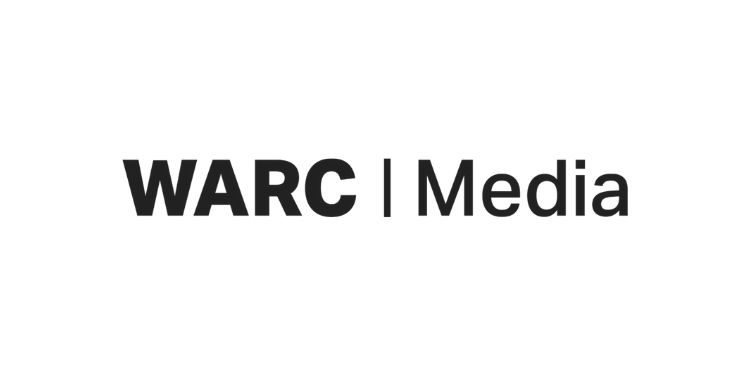Great companies have persisted even in a tumultuous market.
The bull market of the last few years has enjoyed an enviable run-up. Despite some bumps along the way, many quality stocks have seen robust performance as overall investor sentiment has improved. While concerns about the global economy, inflation, interest rates, and other factors might mean volatility for companies across a range of sectors, quality businesses have what it takes to persist through market highs and lows.
If you’re hunting for top stocks to invest in and hold for the long run, here are two contenders that could deliver generous returns over the long term.
1. Vertex Pharmaceuticals
Vertex Pharmaceuticals (VRTX -2.72%) hasn’t witnessed the crazy price spike that some other stocks have had in the new bull market, but shares are trading up by around 17% since the start of this year. That’s just slightly higher than the performance of the S&P 500 in that same period.
The company cut its teeth on its cystic fibrosis drugs, raking in billions in revenue as well as profits to become the market leader in this segment of the rare-disease drug space.
Vertex is also now known for Casgevy, which received the regulatory green light in the U.S. late last year and became the first CRISPR therapy approved in history. This gene-editing therapy is a one-time functional cure for two rare blood disorders that is estimated to have peak sales potential in the billions of dollars annually. Launches are under way worldwide, including in the U.S., European Union, and the United Kingdom.
Vertex is also looking toward several other drug launches with blockbuster potential in the next few years. One notable example is a new cystic fibrosis therapy, which management believes could set a new treatment standard for the genetic disease. Vertex already dominates the cystic fibrosis drug market with its existing therapies, including Trikafta — its flagship drug. Trikafta brought in close to $9 billion in sales in 2023 alone.
The new drug is a triple-combination therapy that only needs to be taken once a day instead of twice like Trikafta, and showed a better reduction in sweat chloride. (A person with cystic fibrosis is unable to process and absorb chloride from sweat effectively due to defects in proteins found in various tissues including the sweat glands.)
Peak revenue potential for the new triple-combination therapy could be close to $10 billion annually, according to some estimates. The U.S. Food and Drug Administration is reviewing Vertex’s new drug application for the therapy for patients age 6 and older, with its review period set to conclude in January 2025.
U.K. and E.U. regulators are also reviewing the drug for approval. This therapy might not just benefit existing customers taking Vertex’s therapies, or new ones from the cystic fibrosis patient population. There are over 6,000 patients who have had to discontinue a drug from its current portfolio.
Vertex is also working on a cystic fibrosis therapy with Moderna that could expand its reach to another 5,000 patients who can’t even take its current lineup of drugs.
Outside cystic fibrosis, Vertex is working on a stem-cell therapy that could be a potential functional cure for type 1 diabetes, and has already filed regulatory submissions for its non-opioid drug candidate suzetrigine as a treatment for moderate to severe pain.
There’s a lot to like about where Vertex is at as a business and where it’s going. The company had close to $10 billion in cash and investments on hand at the end of the last quarter, and $2.7 billion in revenue in the three-month period alone.
While most of that total came from Trikafta (which has patent exclusivity until 2037), Vertex is working to diversify its product portfolio and sources of revenue to move away from reliance on this drug. Investors who wish to benefit from this growth trajectory might find that now is a good time to take a slice of the action.
2. Pinterest
Pinterest (PINS -0.46%) is still trading up from one year ago by close to 16%, although shares are in the red from the start of 2024. The photo sharing and discovery platform has dealt with fluctuating growth in the past few years following a surge earlier in the pandemic.
With so many people stuck at home, scrolling the internet and shopping online, advertisers deployed capital in waves during those pandemic days. Pinterest’s user growth was exploding, and its platform — which functions as prime advertising real estate across a range of industries — benefited significantly.
Then, the bottom fell out. Changing shopping habits and a tough economy forced many advertisers to scale back spending, and Pinterest’s platform dealt with unfavorable growth comparisons to unusual periods of expansion. User growth also decelerated overall with people getting back out into the world, and a drop in ad spending heavily depressed revenue while cutting into profitability.
So, where do things stand now? The macro environment is still challenging for both small and large brands, but the trajectory of advertising spending has recovered from the doldrums and is expected to continue accelerating.
Pandemic levels of growth ought not to be expected, but Pinterest has seen a steady increase in users and revenue, along with a tidy profit according to generally accepted accounting principles (GAAP) in the most recent quarter.
Looking at results for the second quarter of 2024, revenue rose 21% from the year-ago period to $854 million while Pinterest’s global monthly active users jumped 12%. The company now has 522 million people around the world using its platform for inspiration every month. Profits for the three-month period totaled $9 million, with adjusted earnings of $180 million.
Pinterest had about $2.8 billion in cash and investments on hand at the end of the recent quarter. And management is forecasting that third-quarter revenue will grow 16% to 18% year over year, falling between $885 million and $900 million.
With Pinterest’s goal of making every “pin” a shoppable one, and user growth on a steady upswing, there’s plenty of room for this business to run even if growth is slower than it was a few years ago. Investors might find that buying even a few shares at a discount could be a good move.




